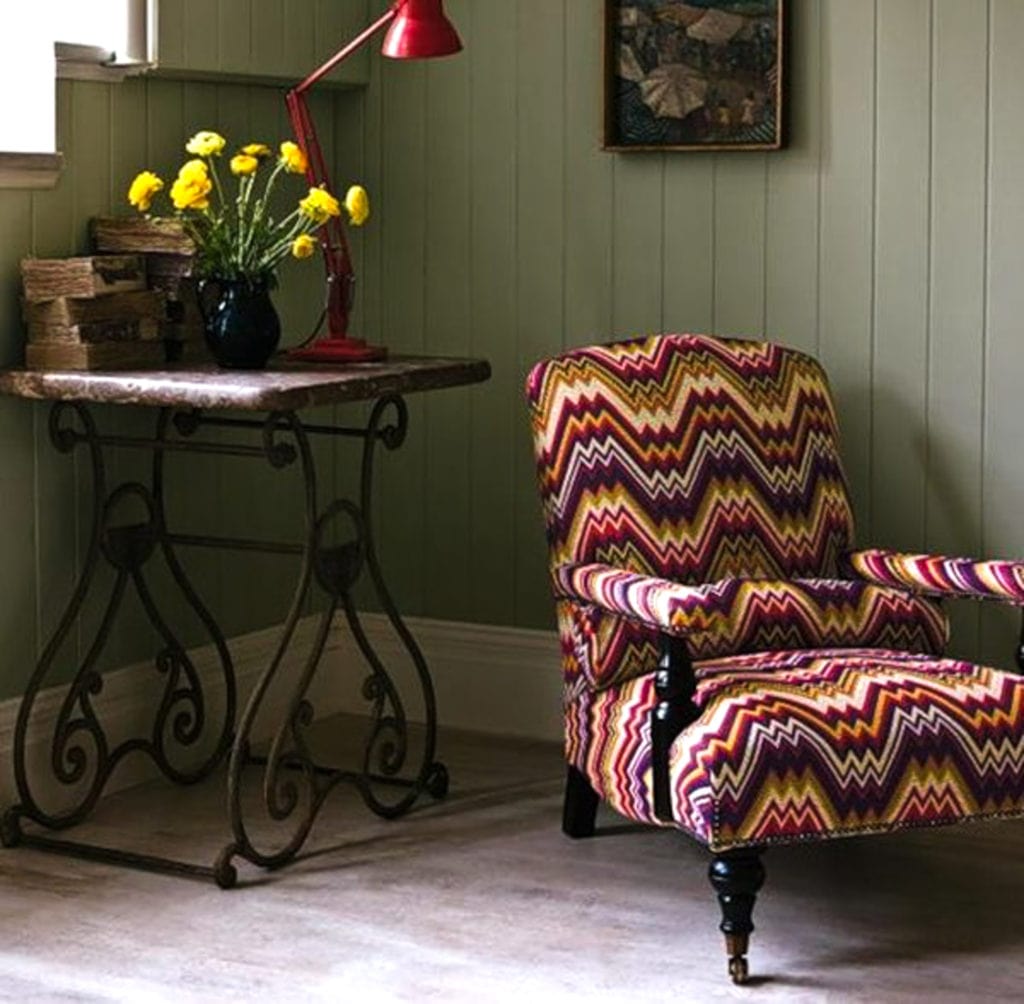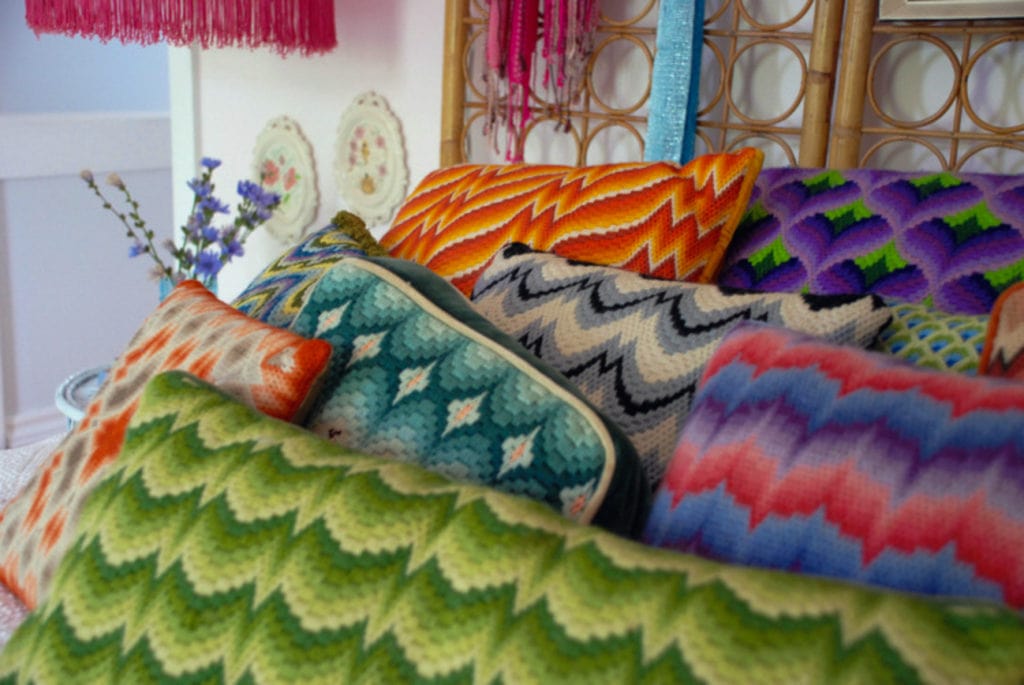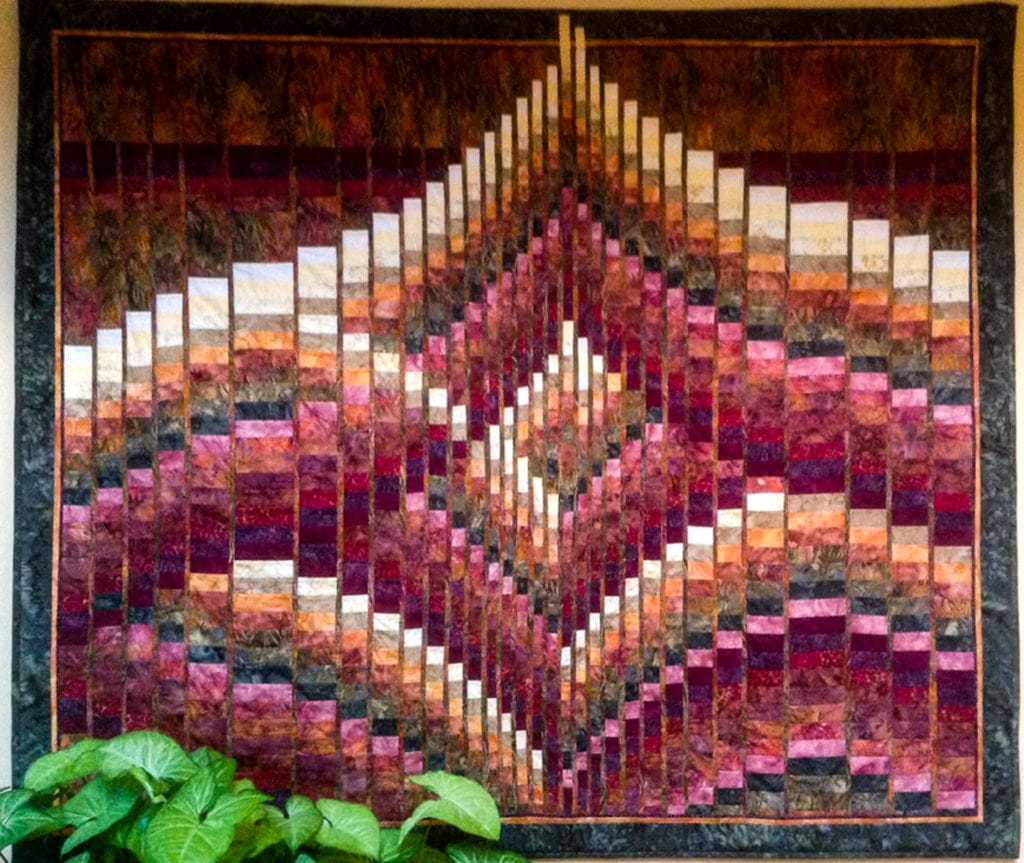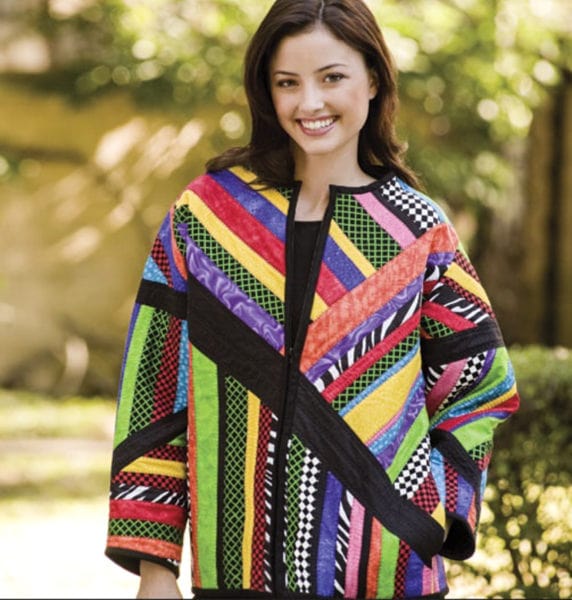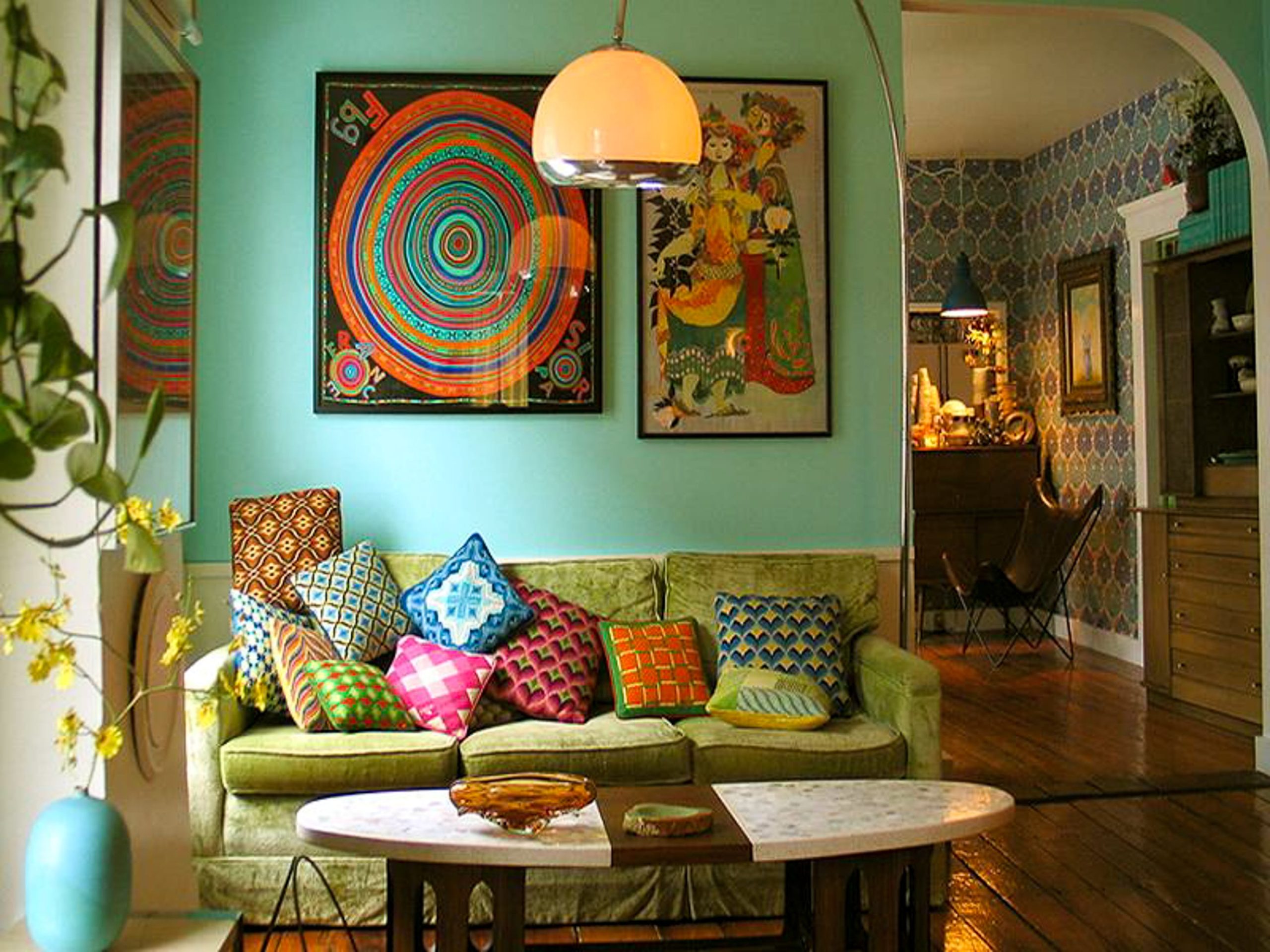Sorry, nothing in cart.
Bargello - A Little History
Bargello -
one of the most beautiful and easiest embroideries with rows in
the form of a zigzag and their specific location depending on the color shades.
Bargello can be recognized by a characteristic pattern resembling flames
(torch embroidery), patterns in this case can be both smoother or
acute-angled shape.
It is believed that this technique came from Hungary, not
from Italy. At the same time, it can be met as under the name “Florentine
embroidery ”, and“ Hungarian stitch ”. In addition, there is another name -
"Irish stitch", which speaks of its popularity in Europe and constant
transformation and adaptation of this technique to the style of time and place.
This embroidery first appeared in the Middle Ages.
The advent of the Bargello technique is shrouded in many legends. One of them says that
Hungarian princess, marrying the heir to the Medici family, brought beautifully
embroidered dowry. Embroidery caught the attention of the Florentine court, influencing
style of their work. And the Florentines began to copy “tongues of flame”, and soon
consider them yours. According to another version, this embroidery was brought to Perugia
Queen Gisella (969-1038), wife of the Hungarian king Stephen I.
May be so. But the debate over which
the country gave the world this wonderful embroidery technique in progress.
In the Baroque era, Florentine embroidery became
especially popular and used to decorate draperies for decoration
the interior. Later, bargello began to be used in the manufacture of clothing, shoes
and accessories.
Traditional woolen threads also with time
supplemented with silk. Now everyone uses Florentine embroidery
variety of threads: woolen and silk, cotton for knitting and
floss, metallized threads and even ribbons. It all depends on your imagination.
Zigzag The moire, iridescent stains of this embroidery seem like a miracle. She produces the impression is luxurious, woven on the machine, and just can not believe that the pattern created by simple stitches laid on canvas or canvas in a specific repeating order, which gives the patterns a whimsical softness of bends,
resembling
math graphs.
Classic Bargello - Using Vertical
stitches of the same size, but, as we said above, this technique does not stand on
location. Dorothy Kaestner (1972) created the style of the four directions of Bargello. AT
In this technique, the canvas is divided diagonally into four parts: the motif is executed in
2 horizontal and 2 vertical directions, as a result, the work has
kaleidoscope effect. The size of the stitches now also varies.
Florentine craftswomen were inspired not only
a game of water jets on a sunny day, or flames at dusk, but also beauty
nature. All patterns of Florentine embroidery are very colorful, geometric, but
can also resemble very stylized natural motifs, such as bird
feathers or coloring of animals. One of the characteristic motives of the bargello is
favorite in the Middle Ages pomegranate fruit motif.
No less popular and luxurious was the carnation pattern.
This pattern survived its rebirth in the modern era, when it increased dramatically.
interest in embroidery of the bargello, as well as in other medieval needlework.
The most difficult moment in bargello is considered
manufacturing of circuits, since it requires a very accurate calculation of drawing blocks for
create a complete geometric pattern so that you can then easily and accurately embroider
conceived composition.
Work with the Bargello technique (especially when
ready-made schemes) nice. It is much simpler and faster in the execution of many
alternative techniques. Products made in this unique style,
look great in a modern interior, creating a unique atmosphere
in the house and filling it with rich colors.
Many masters successfully combine it with other types
embroidery. The versatility of its application will bring beauty not only to
the interior of your home, but also in your clothes, and in your favorite little things.
